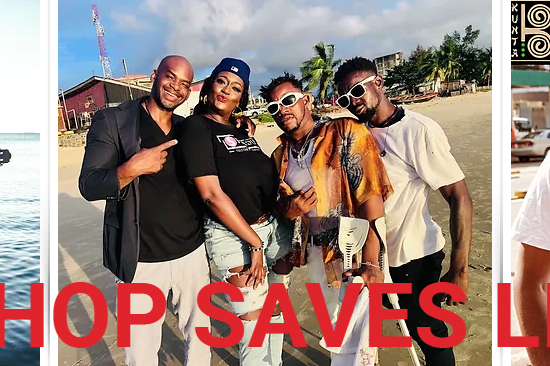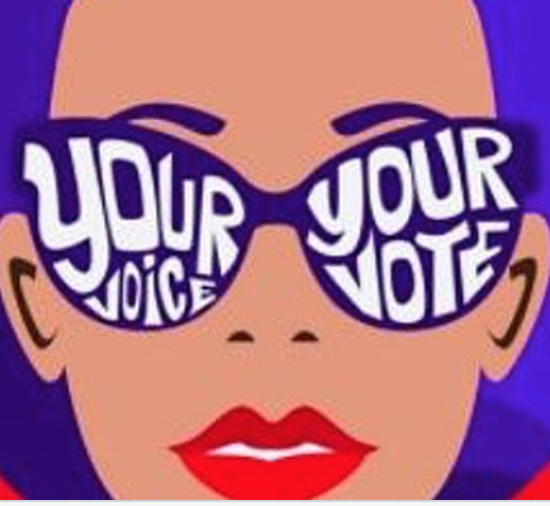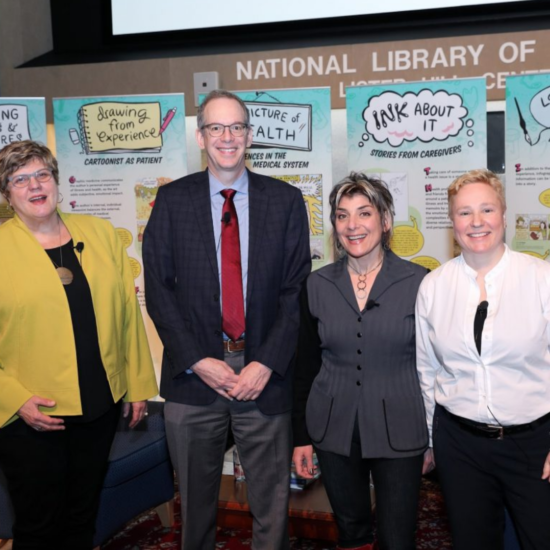I’ve been reporting about human trafficking and following the way that the media reports on human trafficking for the past 10 years. There has definitely been an increase in the amount of media coverage in print and broadcast. This human rights issue has also shown up in the story-line in television series like SVU and made-for-TV movies. More recently, it’s been the plot-line in several Hollywood feature films.
All of this media coverage has educated the public about trafficking of persons.
Today, I received an email from The United Nations Global Initiative to Fight Human Trafficking (UN.GIFT) announcing a media guide for reporters on covering human trafficking. I believe it’s a sign that the message is getting out there and provides a lens on how reporters can all do a better job.
Un G.I.F.T. was launched in March 2007 by the International Labour Organization (ILO), the Office of the United Nations High Commissioner for Human Rights (OHCHR), the United Nations Children’s Fund (UNICEF), the United Nations Office on Drugs and Crime (UNODC), the International Organization for Migration (IOM) and the Organization for Security and Cooperation in Europe (OSCE).
I’ve reposted the media guide below and you can find it here on the UN G.I.F.T. site.
Barbara Glickstein
The media plays an indispensable role in educating people about the many manifestations of global human trafficking, presenting the problem in human terms and in all its painful detail.
Yet media coverage is weak in many parts of the world. Some news media outlets are not yet aware of the trafficking phenomenon, or confuse it with other issues such as illegal migration and alien smuggling.
The media has a large role to play in mobilizing public support and involvement to help prevent and combat trafficking. Due to its reach and ability to mold public opinion, it is a powerful tool of social change. Investigative journalism on trafficking needs to be promoted. However, media publicity should take into consideration the rights approach and ensure that there is no violation of the rights of the victims and survivors. So, there is a need to develop minimum standards for the media.
Key role of Media
-
Illuminates the problem By writing an article or airing a segment focusing on trafficking in persons, media not only educates the public but also shines a light on an issue typically shrouded in darkness. We know of many cases, particularly in corrupt systems, in which scrutiny by international media has made the difference between a trafficker’s release or imprisonment
-
Provides a help line or other relevant numbers
When the media prints or airs news on trafficking, it is beneficial to include a local anti-trafficking help line number and other assistance sources, for potential victims and community members who may want to get involved.
-
Shames the perpetrators
Identify traffickers and protect victims. Press accounts tend to focus on victims. It is ethical and respectful for the media to protect victims by altering details of identity and personal story. Identify and photograph traffickers – they deserve the limelight.
DO’S
- Tell the truth.
- Be accurate and objective and, above all, fair.
- Use masking techniques to avoid revealing the identities of the victims.
- The victims can do with some empathy from the journalists. Try to feel what they feel.
- Do not expose them, but take up their cause.
- Delve on the reasons behind trafficking.
- Be investigative. Help track down perpetrators.
- Visit source areas and see the reality in all its complexity.
- Highlight the problems the survivors face, not their trauma.
- Cover the story at court – focusing on the law, its lacunae, its enforcement, delays, etc.
- Choose your words carefully.
DON’TS
- When you want to do such a story – be a little more human.
- Do not treat the survivor as an object.
- Refrain from treating them as ‘victims’ as well.
- Try and avoid taking pictures of faces of the survivors.
- Try not to ask questions to victims that violate their dignity. (How many times were you raped? How many clients a day?)
- Try not to take them (on a mental recap of their actual journey) to the brothel.
- Try not being patronizing, compassionate or even sympathetic.
- Do not distort facts to sensationalize even with blurbs, captions and visuals.
- Avoid tabloid-like, sensational headlines.
- Avoid an us-versus-them attitude.
- Be objective. There is no need for a trial by media.
For more resources for journalists go to the Media HUB









